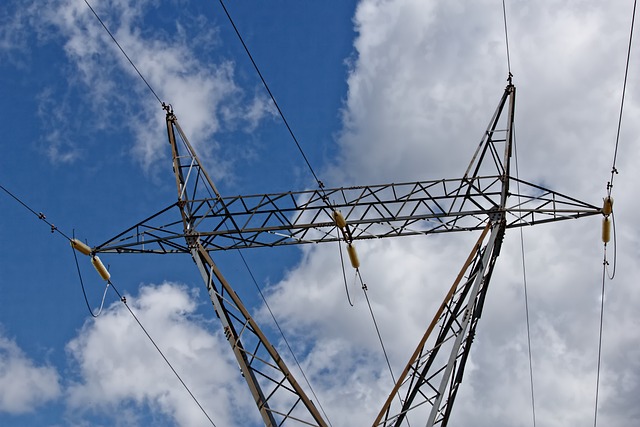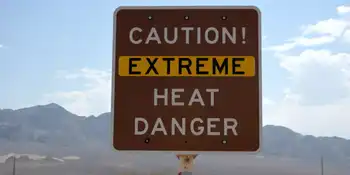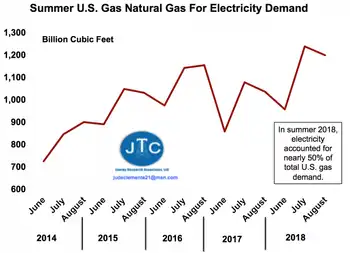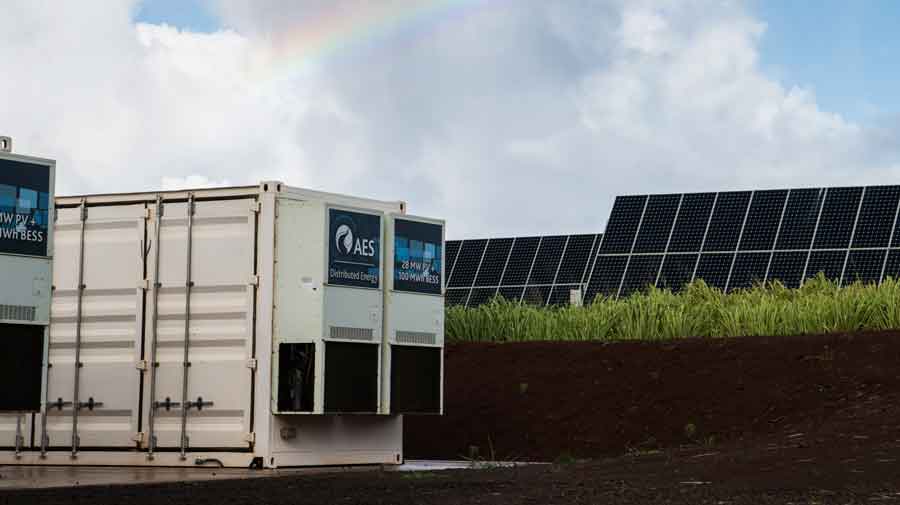Climate change adds twist to debate over dams
By New York Times
Arc Flash Training CSA Z462 - Electrical Safety Essentials
Our customized live online or in‑person group training can be delivered to your staff at your location.

- Live Online
- 6 hours Instructor-led
- Group Training Available
But the American Indians, fishermen and environmentalists who want the dams removed point to what has happened since the first one was built nearly 90 years ago: endangered salmon have been blocked from migrating, Indian livelihoods have been threatened, and, more recently, the commercial fishing industry off the Oregon and California coasts has been devastated. They say the dams are anything but clean. They say the river is a mess.
“Should we have to sacrifice water quality for air quality?” said Craig Tucker, who is coordinating efforts by the Karuk tribe of Northern California to take down the dams. “Should Indians and family fisherman be the ones who have to sacrifice to address this problem?”
Whether the power company, PacifiCorp, wants to keep the dams because they improve air quality or simply because they are inexpensive to operate is not clear. But emphasizing an environmental argument that touches on climate change has added a new wrinkle to the longstanding debate over dam removal in the Pacific Northwest. In a region where plenty of residents measured their “carbon footprints” long before green became the new black, PacifiCorp is suggesting that righting one environmental wrong could lead to another, one that could affect people more than fish.
The Klamath dams provide enough power to serve about 70,000 homes, a small fraction of PacifiCorpÂ’s 1.6 million customers, which span six Western states. But the company says only coal or natural gas are likely to be reliable enough to replace the river, which hits hydroelectric turbines four times on its way to the sea from east of the snow-capped Cascade Range.
Those who support removing the dams largely dismiss the clean-energy argument, saying the benefits outweigh losing a relatively small source of hydropower. They note that PacifiCorpÂ’s increased interest in the environment comes as recent rulings by judges and federal fisheries agencies have given new momentum for removal. The companyÂ’s federal license to run the dams expired last year, and the government has said PacifiCorp must build fish ladders over the four dams to get a new license, a proposition that could cost $300 million and reduce the power the dams generate, potentially making removal a less costly choice.
Yet whatever is spent to restore salmon, and whether the solution is fish ladders or dam removal, the company has said that its customers will bear the cost, and the carbon.
“It’s a conundrum in many ways,” said Dave Kvamme, a spokesman for PacifiCorp. “Taking away a very useful resource like the Klamath puts more pressure on us to build something else or buy it on the market.”
The Klamath runs more than 250 miles from southwest Oregon to the California coast, connecting two states where power and water supply have long been contentious issues. Gov. Arnold Schwarzenegger of California and Gov. Theodore R. Kulongoski of Oregon are helping lead the push for clean fuel sources. Last year, California passed a law requiring a 25 percent reduction in the stateÂ’s carbon dioxide emissions by 2020. Oregon is also pushing to increase the amount of renewable energy it uses.
Both governors have said removing the Klamath dams should be an option, but they have not taken firm positions. Earlier this year, Mr. Schwarzenegger proposed spending about $4 billion to build two dams on the San Joaquin River for water storage, an idea environmentalists have long opposed.
The Northwest, where more than 80 percent of the power generated comes from hydroelectricity, has long had some of the lowest electricity rates in the nation. It has also been the setting for epic environmental fights that reflect the tension across the regionÂ’s topographic and demographic divides.
“We think of ourselves as ahead of the curve, as eco-topia, when it comes to saving endangered species, like the spotted owl,” said John M. Findlay, a history professor at the University of Washington. “But these things are much more complicated when we try to actually solve them.”
Mr. Findlay said the regionÂ’s identity as an environmental leader was rooted in cities like Portland and Seattle, not in the areas where rivers provide power and water for farms.
“They’re the most sympathetic to taking down the dams,” he said of big-city residents. “But they’re also the people who are kind of taking cheap power for granted. If you’re in a city and you have the power just piped in over wires it’s too easy to not recognize where that comes from, and not to realize that people and economies are all connected to that.”
The Klamath dams are among the most controversial in a much broader dam removal effort led by environmentalists, American Indians and commercial fishermen.
In the next several years, dams on the Elwha and White Salmon Rivers in Washington and the Sandy River in Oregon are scheduled to be removed. But in many ways, they are only steppingstones to larger targets, including the dams on the Klamath and four on the Lower Snake River.
More fish could be saved by removing the bigger dams, but more power would be lost, too.
Supporters of removal say conservation measures and new sources of energy like wind and sun can replace lost hydroelectric power. Some also say the fact that snowpack is decreasing could reduce the amount of electricity dams generate. Dam owners in the region, including private utilities and the federal government, say the new sources of clean energy cannot replace dams. The use of wind power is expanding quickly, but its effectiveness depends in part on having dams or another steady energy source during lulls in the breeze.
In a written statement last month, Bill Fehrman, the president of PacifiCorp, said replacing power from the Klamath would “cost our customers more money, and potentially a lot more money” and “could result in adding combustion emissions to the environment.”
PacifiCorp has said it is not opposed to removal, but it would need approval from regulating commissions in six states before it could pass on costs of dam removal to its customers. Blending the cost and climate change arguments could strengthen its case.
“We have to demonstrate to our commissions that we’ve done what we can to protect their interest,” said Mr. Kvamme, the spokesman.
Salmon and air quality are not all that is at risk. The river and its dams support an elaborate irrigation system started by the federal government more than a century ago. Water from the river provides for about 240,000 acres of cattle pastures, alfalfa fields and other farming. It also flows through a wildlife preserve.
When Edward Bartell and his family moved to southwest Oregon from California to raise beef cattle 30 years ago, land, water and power were inexpensive. Now, the water supply is at the mercy of an ever denser maze of environmental regulations intended to protect fish. And the price of power, delivered wholesale thanks to the Klamath dams, went through the roof when PacifiCorp said it could no longer justify the discounted rate in the current market.
Mr. Bartell shook his head when asked if families who moved here to farm because of the available irrigation knew such a knot could one day develop, that the dams might not last forever.
“It was unthinkable,” Mr. Bartell said. “Obviously, nobody would have come.”











